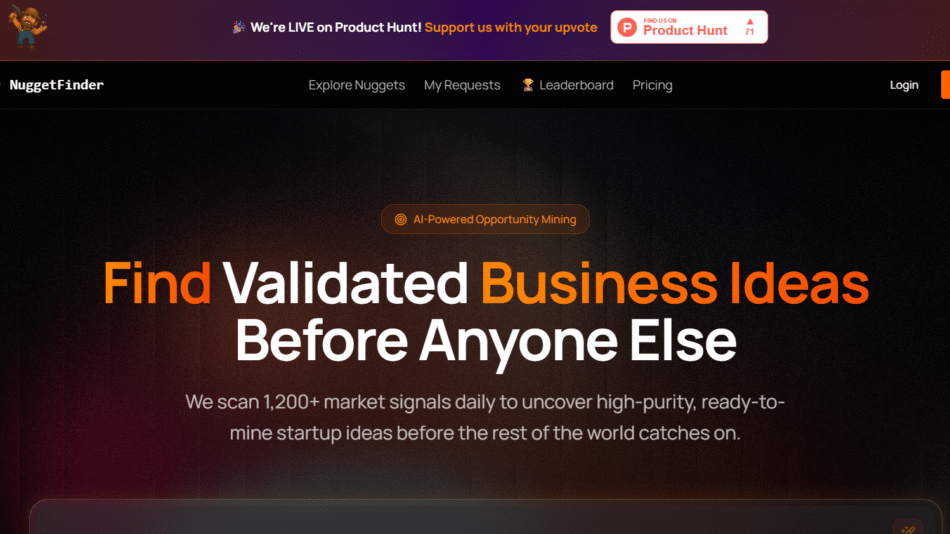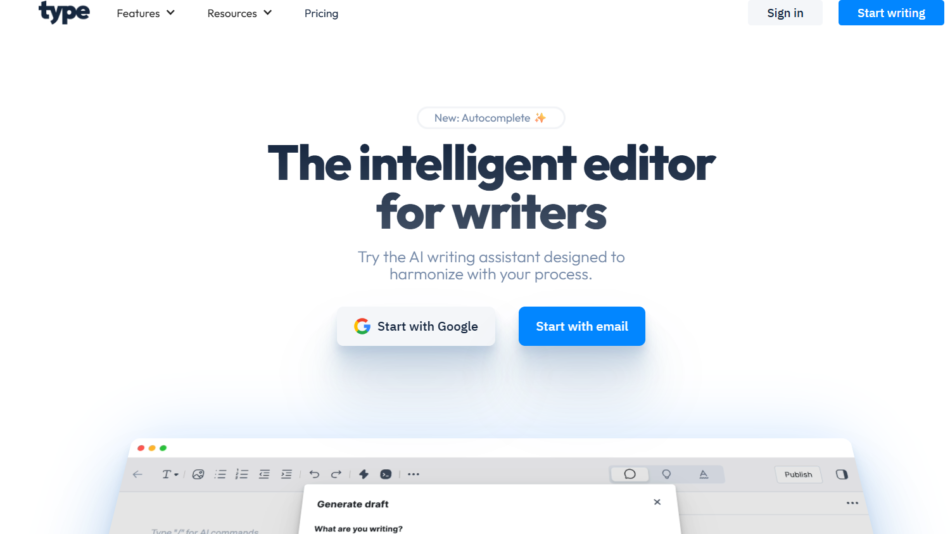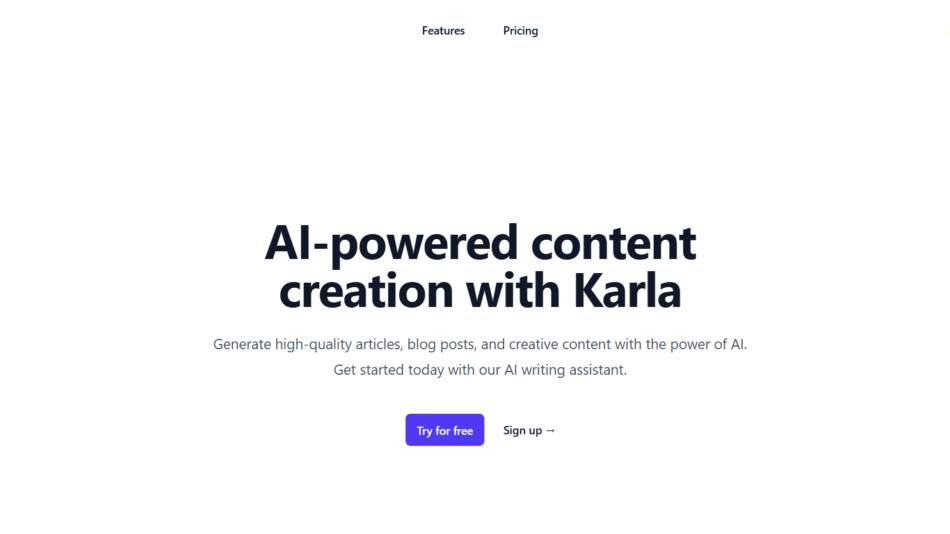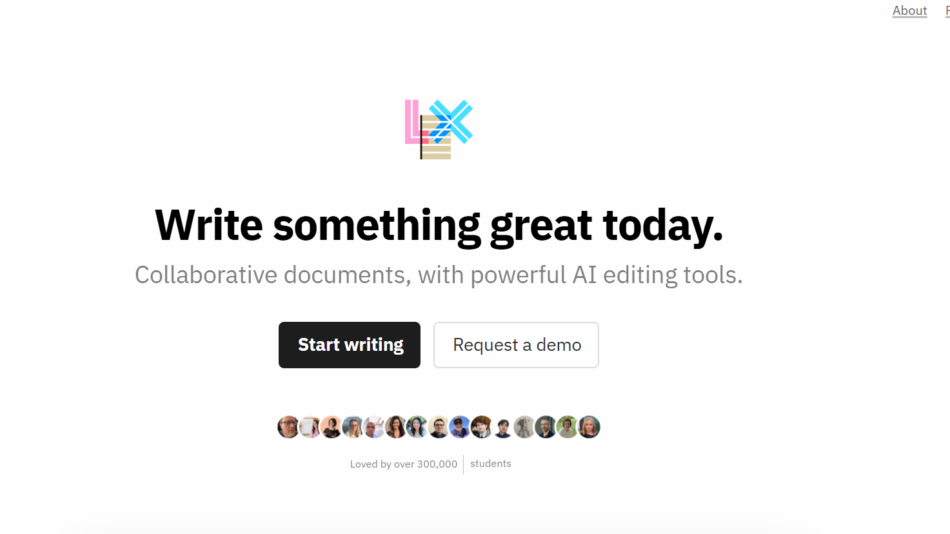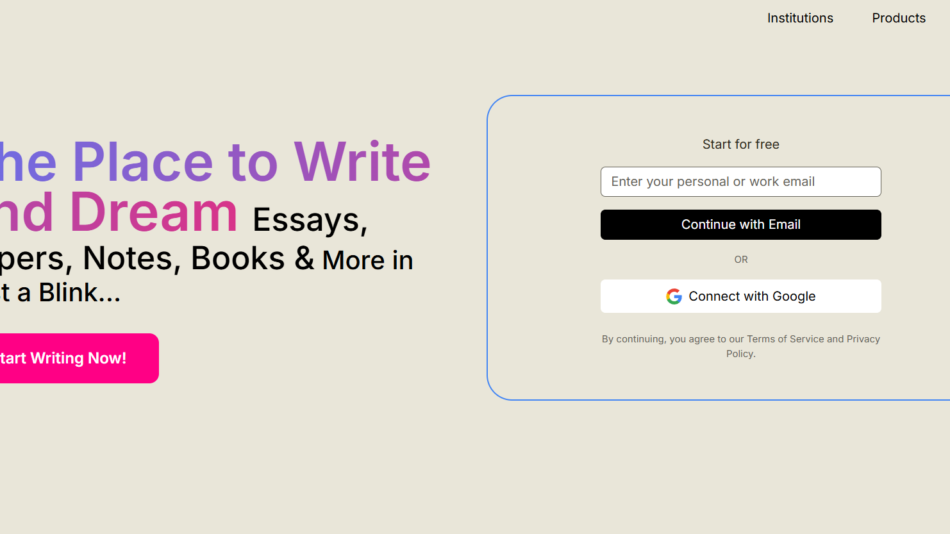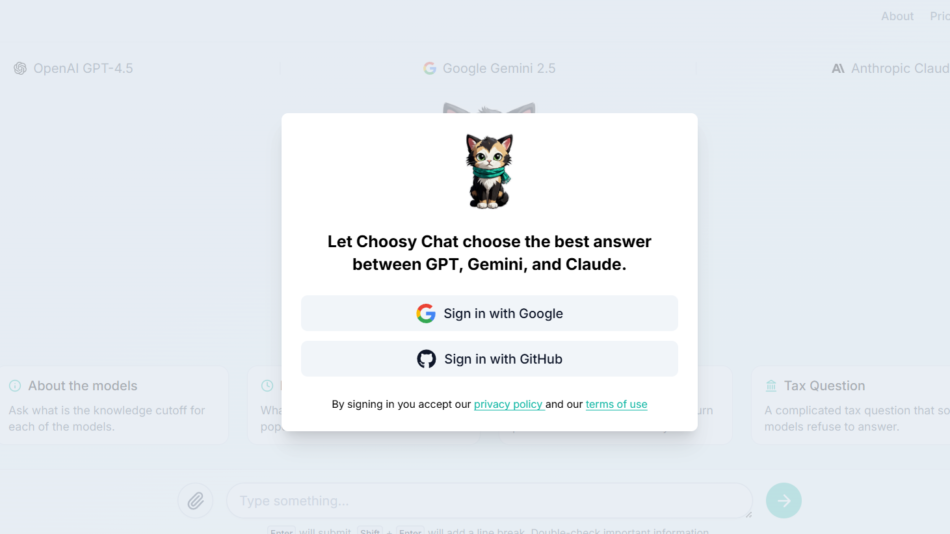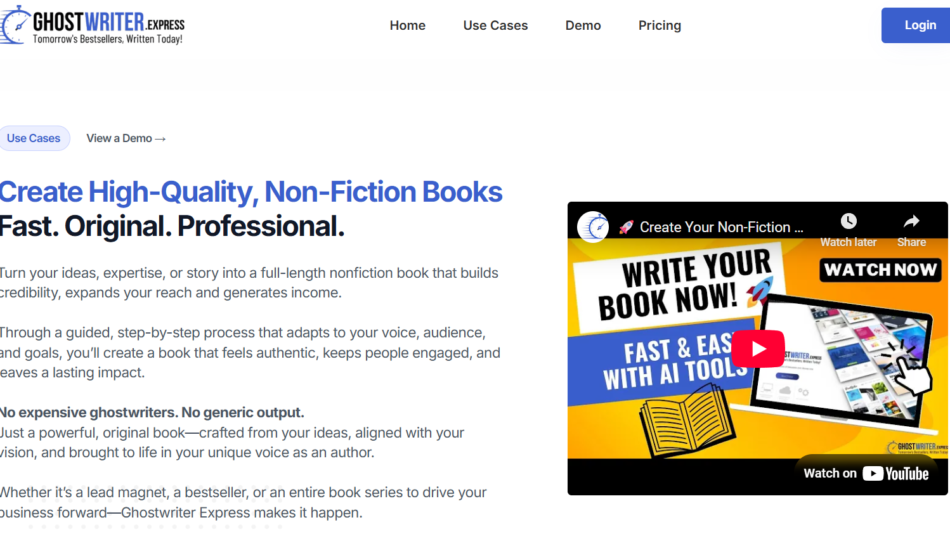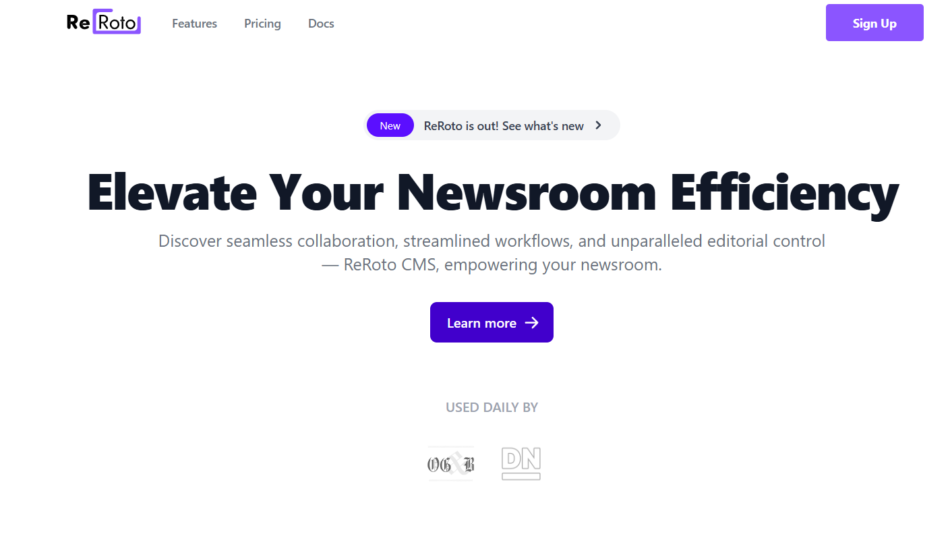ChatGPT is a powerful AI-driven language model designed for a human like conversations and information exchange.
OpenAI’s ChatGPT: Revolutionizing Conversational AI
Artificial intelligence (AI) has made significant advancements in recent years, with conversational AI being one of its most prominent applications. OpenAI’s ChatGPT is a state-of-the-art language model that has emerged as a powerful tool for businesses and developers alike. In this article, we will delve into the features, use cases, pricing, strengths, and weaknesses of ChatGPT, and compare it with other similar tools in the market.
What is ChatGPT?
ChatGPT, or Chat Generative Pre-trained Transformer, is an AI language model developed by OpenAI. It is designed to understand and generate human-like text, enabling natural and dynamic conversations with users. The model has a wide range of applications, from customer support to content creation, making it a versatile and valuable tool for businesses across industries.
Features of ChatGPT
- Advanced Natural Language Understanding: ChatGPT is built on the GPT architecture, which enables it to comprehend and process complex language inputs effectively.
- Context-Aware Conversations: The model maintains context throughout a conversation, allowing for more coherent and relevant responses.
- Flexible Integration: ChatGPT can be integrated with various platforms and applications through APIs, making it adaptable for different use cases and industries.
- Customizability: Developers can fine-tune the model to better suit their specific requirements, improving its performance and relevance for their applications.
How ChatGPT Works
ChatGPT is trained using a process called “unsupervised learning” on large amounts of text data from the internet. The model learns the structure and nuances of human language by predicting the next word in a sentence. This training enables ChatGPT to generate contextually relevant and coherent responses in a conversation. By fine-tuning the model, developers can adapt ChatGPT to their specific needs, optimizing its performance for various tasks and industries.
Use Cases
- Customer Support: ChatGPT can be employed as a virtual assistant to handle customer queries, reduce response times, and improve customer satisfaction.
- Content Creation: The model can assist in generating creative content, such as blog posts, marketing copy, and social media updates.
- Personal Assistants: ChatGPT can be used to build smart personal assistants that can help with tasks like scheduling, reminders, and general information retrieval.
- Language Translation: The model can be fine-tuned for translation tasks, facilitating multilingual communication and content creation.
- Education: ChatGPT can serve as a learning tool, providing explanations, summarizing complex concepts, and offering suggestions for further study.
Pricing
OpenAI offers a variety of pricing plans for ChatGPT, including free access, subscription-based plans starting at $20/monthly, and pay-as-you-go options. Detailed pricing information can be found on OpenAI’s Pricing Page.
Strengths
- Human-like Conversations: ChatGPT’s advanced natural language understanding enables it to generate contextually relevant and coherent responses, resulting in more engaging and natural conversations.
- Wide Range of Applications: The model’s versatility allows it to be utilized across various industries and use cases, making it valuable for businesses and developers alike.
- Continual Improvement: OpenAI actively invests in research and development to enhance the capabilities of ChatGPT, ensuring it remains at the forefront of conversational AI technology.
Weaknesses
- Potential Bias: As ChatGPT is trained on data from the internet, it may inherit certain biases present in the training data, which could affect its responses and appropriateness in certain contexts in certain contexts. To mitigate this issue, developers should actively monitor and fine-tune the model to align with their specific requirements and ethical guidelines.
- Limited Domain Expertise: While ChatGPT is a versatile tool, it may not possess deep domain-specific knowledge for certain industries or specialized tasks. In such cases, domain-specific training and fine-tuning can help improve its performance.
Comparison with Other Similar Tools
To gain a comprehensive understanding of ChatGPT’s capabilities, let’s compare it with two other popular conversational AI tools in the market:
- Google’s Dialogflow: Dialogflow is a powerful natural language understanding (NLU) platform designed for creating conversational agents. While Dialogflow excels in intent recognition and handling structured conversations, ChatGPT’s advanced language generation capabilities give it an edge in producing more natural and dynamic responses.
- IBM’s Watson Assistant: Watson Assistant is an AI-driven platform that helps businesses build and deploy chatbots and virtual assistants. Although Watson Assistant provides robust NLU and integration capabilities, ChatGPT’s advanced language modeling allows it to generate more coherent and contextually relevant responses in a conversation.
Conclusion
OpenAI’s ChatGPT is a groundbreaking conversational AI tool that has the potential to revolutionize customer support, content creation, and various other industries. Its advanced natural language understanding, context-aware conversations, and customizability make it a valuable asset for businesses and developers. While it does have a few weaknesses, such as potential biases and limited domain expertise, these can be addressed through careful monitoring and fine-tuning.In comparison with other similar tools, ChatGPT stands out due to its superior language generation capabilities, making it an ideal choice for organizations looking to enhance their customer experience and streamline their operations. As AI continues to advance, ChatGPT’s potential applications will only grow, making it an essential tool for staying competitive in the rapidly evolving digital landscape.
Check other AI chatbots here
Check other productivity tools here


